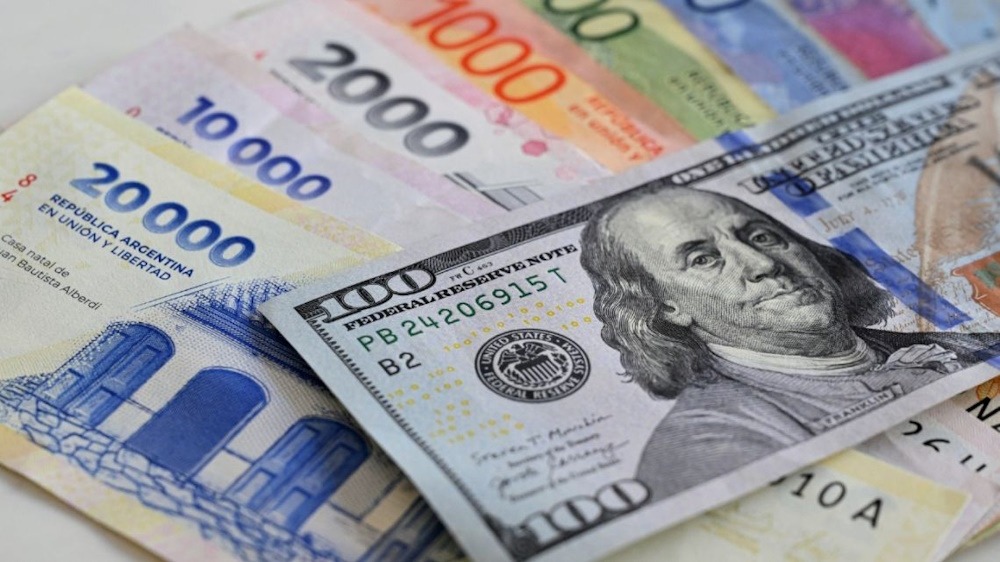Argentina’s peso is facing renewed pressure, prompting government intervention to prevent a significant decline shortly after a demonstration of US support had bolstered the nation’s financial markets. The currency experienced a decline exceeding six percent. On Tuesday, the market experienced its most significant intraday decline since September 8, prior to the government’s intervention in the spot market through dollar sales. The closing value was 1,380.0 pesos per dollar, reflecting a decline of 1.4 percent. The extent of the assets sold by President Javier Milei’s administration remains uncertain. The Central Bank refrained from providing commentary, while the Economy Ministry did not respond to an inquiry for information.
The second consecutive day of losses signifies a notable reversal for the currency, which had previously appreciated by over 10 percent following the announcement of a US$20-billion financial lifeline by US Treasury Secretary Scott Bessent. A temporary export tax break generated US$7 billion in the country within days, contributing to the rally, while the government reinstated certain capital controls that had been removed in April. The peso’s decline has continued this week, despite those measures. “If the government has to sell on a day like today, when there is strong supply, it is natural that the market will interpret it negatively,” stated Santiago Resico. Milei’s administration capitalized on the brief period of relief last week to acquire dollars and bolster its reserves. However, it continued to face challenges in managing the rising demand for greenbacks, driven by apprehensions regarding the president’s political backing in light of the upcoming midterm congressional elections next month – especially following a significant loss in the Buenos Aires Province local vote earlier in September – as well as the uncertainty surrounding the future of his foreign exchange policy.
The absence of specifics regarding the US financial support is concurrently exerting pressure on assets. Argentina has revealed that Milei, who recently returned from the United States, is scheduled to meet with US President Donald Trump once more on October 14 at the White House. Argentine dollar notes maturing in 2035 declined by over 1.8 cents on the dollar on Tuesday, settling at approximately 53 cents, marking one of the poorest performances among emerging markets. The bonds have declined for a fourth consecutive session, marking their most extended losing streak in two months. Concerns among investors are mounting regarding the expanding disparity between the official and parallel exchange rates, which has reached its widest point since April. This development underscores the pressures stemming from the government’s restrictions on dollar demand. The demonstration of backing from the US calmed the market; however, it “doesn’t solve the imbalances or the trends in the currency,” remarked Alejandro Cuadrado. “The medium-term trend is expected to continue on an upward trajectory, with significant attention post-election directed towards the dynamics and subsequent actions, as this regime is perceived to be temporary.”
Earlier Tuesday, Milei provided a brief boost to assets by elaborating on the US deal during a interview. In his initial media engagement following Bessent’s announcement, the Argentine president stated that his administration would maintain its currency swap line with China while concurrently negotiating a financial rescue package with Washington. Milei indicated that Argentina has obtained financing through the conclusion of next year and suggested that he would reorganize his Cabinet following the midterm elections on October 26.

